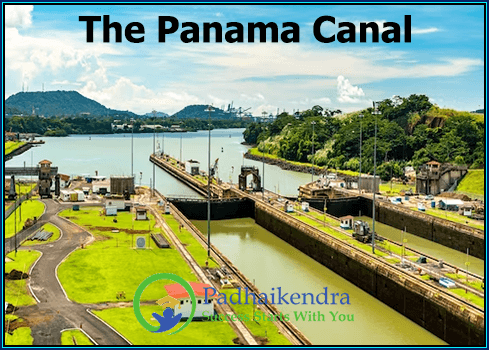The Panama Canal is an artificial waterway located in Panama that connects the Atlantic and Pacific Oceans. It was opened in 1914 and is considered one of the most important engineering achievements of the 20th century.
The Panama Canal is approximately 50 miles (80 km) long and consists of a series of locks that raise and lower ships as they pass through the canal. It provides a vital shortcut for ships traveling between the east and west coasts of North America, as well as for ships traveling between Asia and Europe.
The construction of the Panama Canal had a significant impact on global trade and transformed the economic and political landscape of Central America. Today, the canal is a critical component of international trade and is used by thousands of ships each year, carrying everything from oil and gas to consumer goods and raw materials.
The Panama Canal has undergone several major expansions and upgrades over the years to keep up with the growing demand for shipping services. The most recent expansion, which was completed in 2016, included the construction of a new set of locks that can accommodate larger ships.
Despite its importance to global trade, the Panama Canal is also vulnerable to disruptions, such as accidents, political unrest, and climate change. In recent years, there have been concerns about the impact of rising sea levels on the canal, which could potentially make it more difficult to operate in the future.





